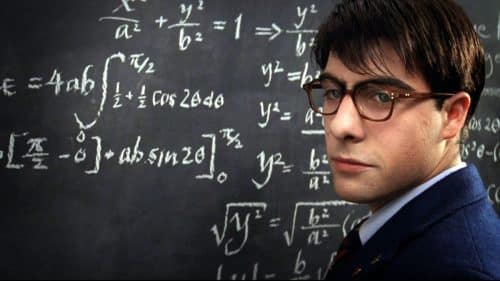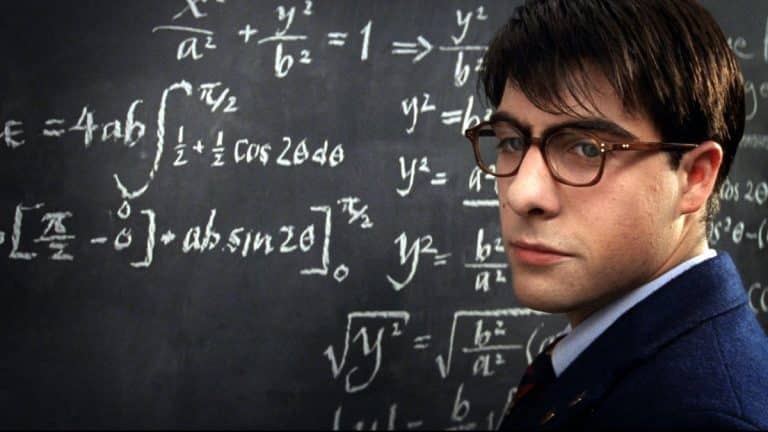
Parkinson’s disease affects 6.3 million people worldwide, causing weakness and tremors, but there’s no objective way to detect it early on. Yet. Applied mathematician and TED Fellow Max Little is testing a simple, cheap tool that in trials is able to detect Parkinson’s with 99 percent accuracy — in a 30-second phone call.










